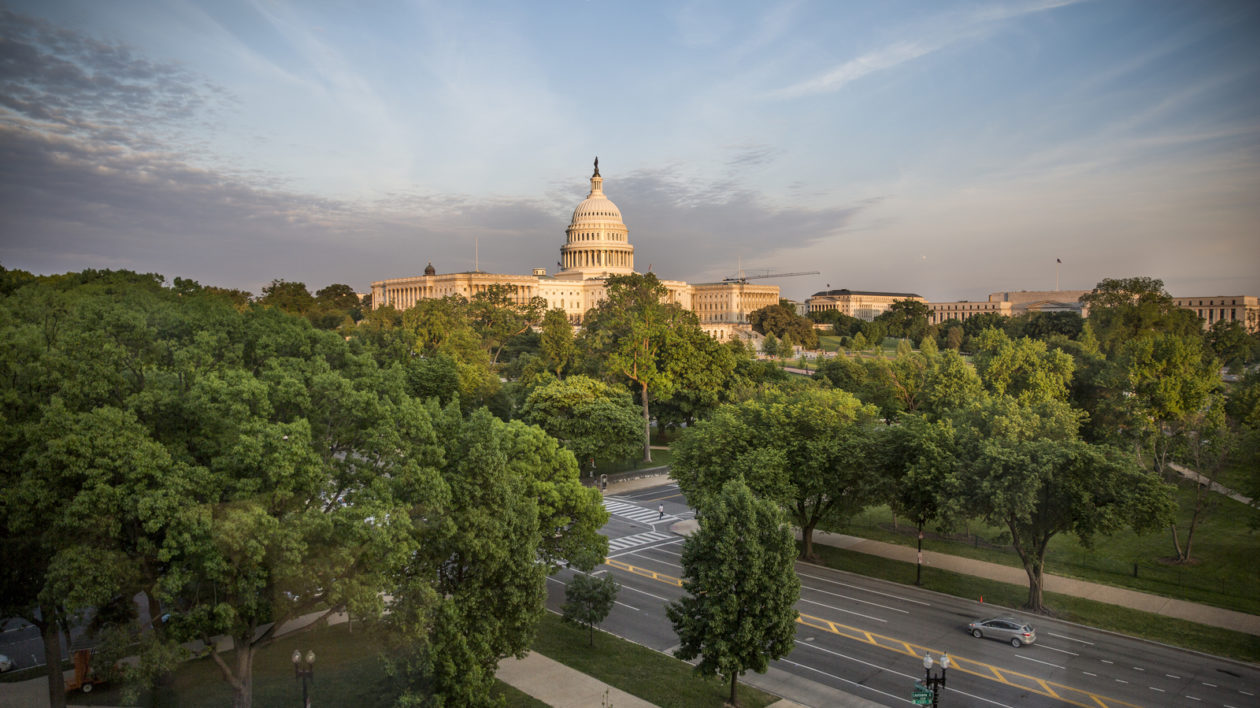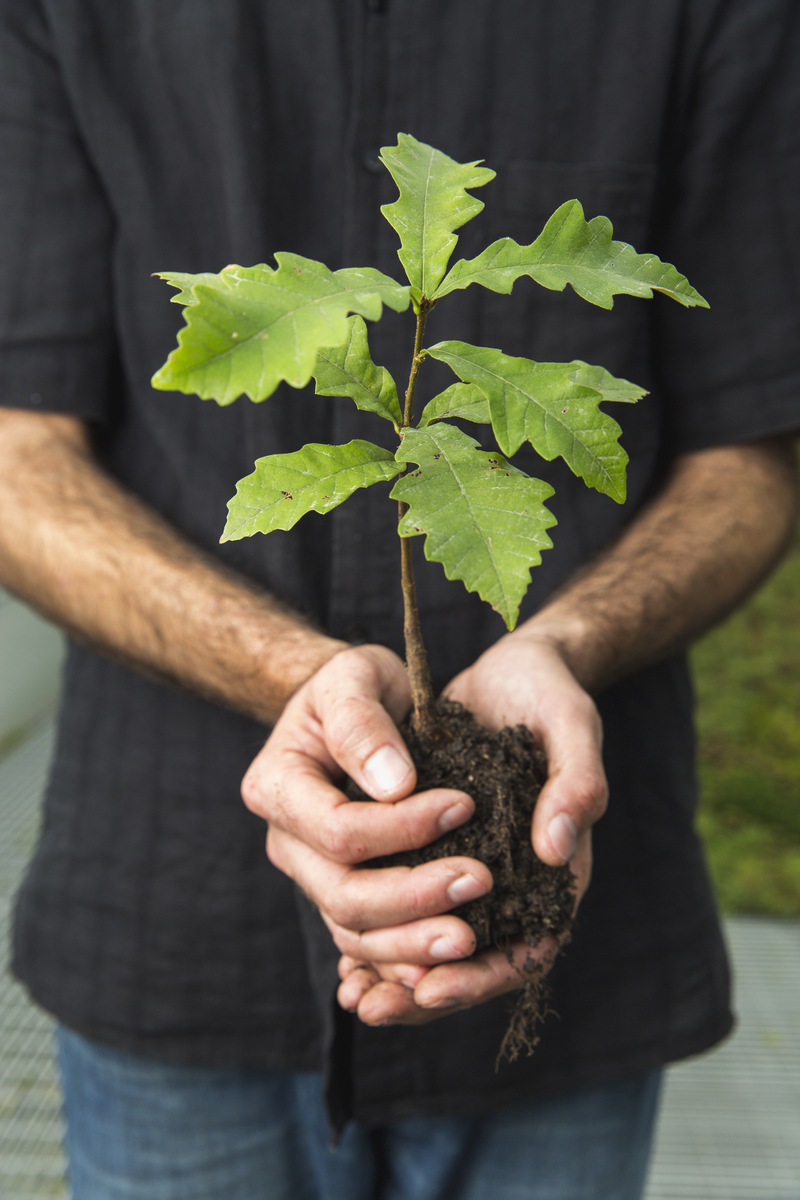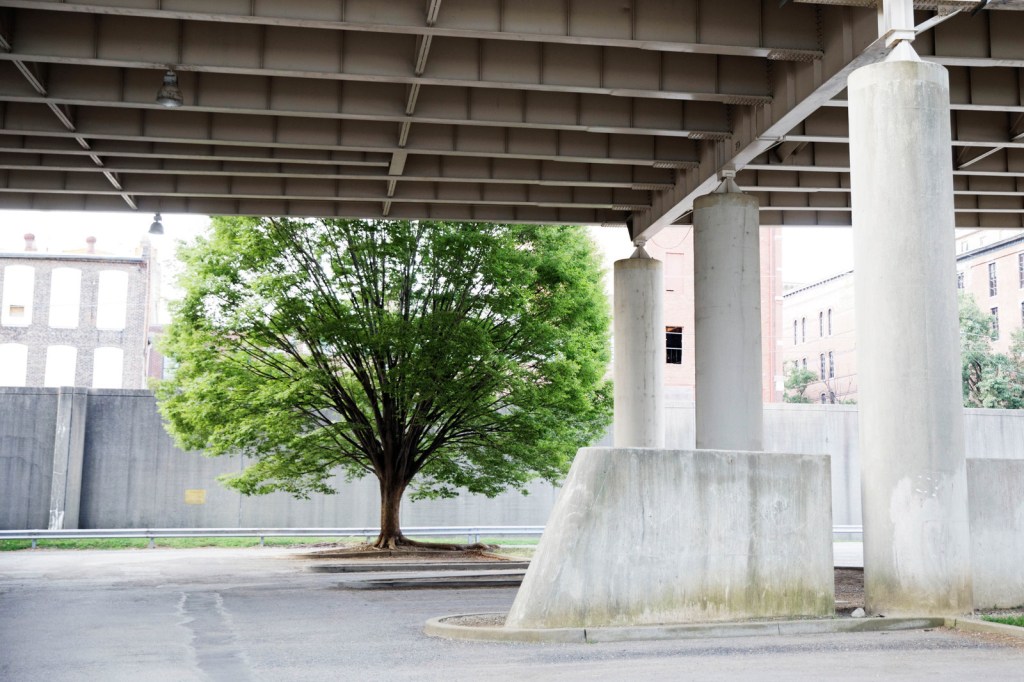Summer is approaching in the Northern Hemisphere, and with it the risk of extreme air temperatures during heat waves. Just last summer, abnormally high air temperatures occurred in at least 17 countries, including the United States and Canada, a record heat wave that scientists have already attributed to climate change.
Most years, high air temperatures are the single greatest weather-related public health threat, causing around 1,300 deaths in the United States.
Higher air temperatures cause death and disease by causing heat stroke and exhaustion, as well as by exacerbating existing cardiovascular, pulmonary (lung), and renal (kidney) diseases. Higher air temperatures also increase electricity use, as those of us with air conditioning use it more to keep temperature inside our homes pleasant.
A growing number of cities are planning for heat waves, which often focuses on creating cooling centers for residents and a system to get elderly residents who lack air conditioning a way to get there during a heat wave. But many cities are also thinking about the role that the humble street tree could play.
Trees reduce air temperatures by shading impervious surfaces, preventing them from heating up from the sun’s rays, and by transpiring water, cooling the air much as you feel cooler when sweat evaporates off your skin.
While there are plenty of measurements at specific sites of how trees reduce air temperatures, it was still unclear how much the effect of trees on air temperature really mattered for public health. How much do the current urban forests of the United States prevent death and disease during heat waves?

In a recent paper, my colleagues and I answered this question for the first time. We assembled tree cover maps for 97 US cities, housing 59 million people, and analyzed how much current urban tree cover reduces summer air temperatures and associated heat-related health impacts and electricity consumption.
In these 97 cities, trees prevent around 300 heat-related deaths per year. If this rate holds true for all Americans in cities, trees are preventing around 1,200 heat-related deaths annually.
In other words, there would be about twice as many deaths every year due to heat waves if our urban forests weren’t there to protect us. Our results also show that urban forests also help prevent more than 100,000 doctor visits for heat-related symptoms.

This kind of reduced health impact has real economic value. For all Americans in cities, we estimate that trees annually supply heat-reduction services, in terms of reduced health impacts and electricity consumption, worth around $9 billion dollars.
Put another way, urban forests supply about $35 per person in heat-reduction services, every year. And there are, of course, many other benefits of urban tree cover, such as aesthetic beauty, encouraging recreation, and managing stormwater.
Urban forests in the U.S. thus seem like a bargain. For contrast, the average town in the US in 2007 (the last time there was a comprehensive survey) spent only $5.83 per person per year on tree planting and maintenance.
Urban tree canopy and its ability to cool the air will get more important in the coming decades. Climate change will continue to make our summers hotter, and our heat waves more intense and more frequent. Maintaining and expanding tree cover will be an increasingly important investment to protect public health, one part of how cities can adapt to a hotter world.




I always believed this was a no-brainer even though municipalities continue to allow developers clear cut trees. It’s unfortunate it takes legislation to force people to do the right and sensible thing. So citizens need to hold their local officials accountable to this environmentally destructive practice.
Groups that become members of the Arbor Day Foundation should be championed and held up as a great benefit to contributing to making our communities healthy
Worship of trees&nature was culture of olden days. Now exploitation of nature by cutting trees&destroying hills&mountains+encroachments of rivers&lakes are common. Greed prompt us to function polluting industries during nights causing excess release of carbon dioxide&heat. As plants are helpless w/o sunlight to absorb carbon&release oxygen+excess heat prevents the wind movements during nights affecting the SUN/SEA/LAND EQUILIBRIUM IN RELATION TO ATMOSPHERE LEADING TO CLIMATE CHANGE. REDUCE HEAT&CARBON EMISSIONS DURING NIGHTS FOR BETTER ATMOSPHERE.
Thanks.
Can you provide me a plan that I can take to my City to start them thinking about a tree planting program if they have not already started it?? Maybe I can add to it if that is the case??
Thank you,
Alan